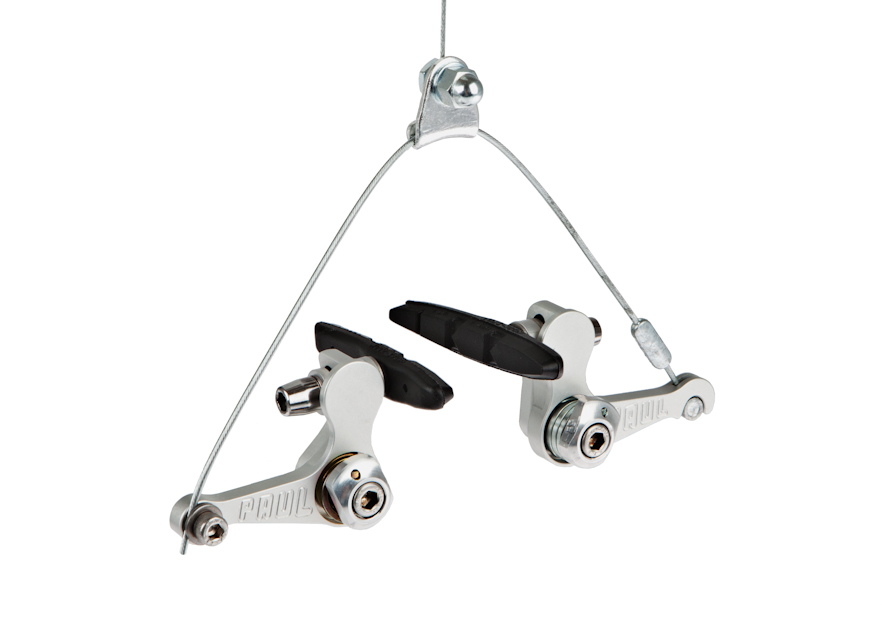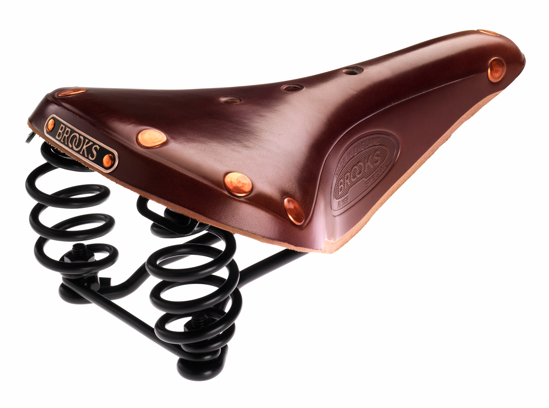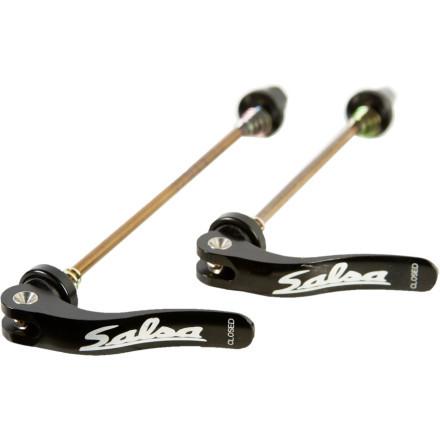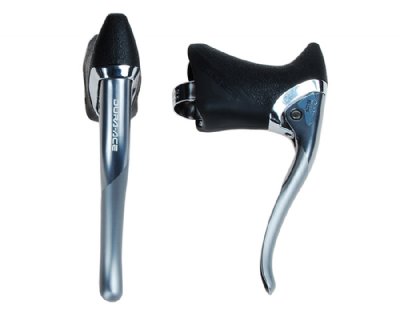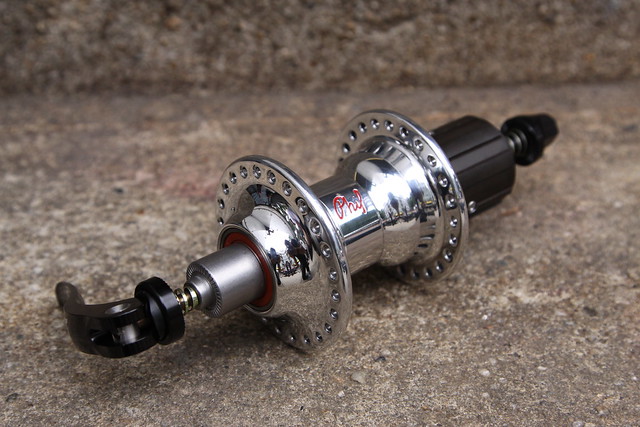
I could not find a stock photo of the rear hub I’m running so I took a photo of my own.
This is a Phil Wood rear hub. Shimano 10 speed compatible, spaced to 130mm, and drilled for a 48 hole rim.
Phil Wood is about as good as it gets.
My first set of wheels on my touring bike were 36 spoke. I got about 700 miles and my rear wheel basically feel apart. Money and time fixed it and it was not the worst thing that could have happened, but still. I finished that tour on the rebuilt wheel with no more problems. And even did another, shorter tour without error.
Later, when I was shedding rusty parts and doing a rebuild of the whole bike I decided to ditch the old 7 speed rear hub for 10 speed. I did not want to tour on 36 spoke wheels again. I could have up it to a 40 spoke but what’s that?
I think some people have thought, Why would you want so many spokes? I equate 48 spoke wheels with two things, tandem bikes and pol0 bikes. On tandem bikes they make sense because the bike weighs twice what a normal bike weighs and has the weight of two riders on just 2 wheels. With bike pol0 there are times when the ball, the mallets or other bikes get all smashed up in wheels and those wheels take serious damage but must keep working to finish the game. You could rip 3 or 4 spokes out of a 48 spoke wheel and the chances are you could still ride it.
So with one and a half times the spoke count per/wheel as compared to a normal 32 spoke wheel means I can double the weight carried and take damage but not be stopped on the side of the road looking at a useless wheel.
Is it heavier? Just the weight of 12 extra spokes per wheel, not much.
Ordered from Phil Wood in 2009. And in that same year, on a supported group tour, I put over 4000 miles on it without fault.
Made in USA
philwood.com
